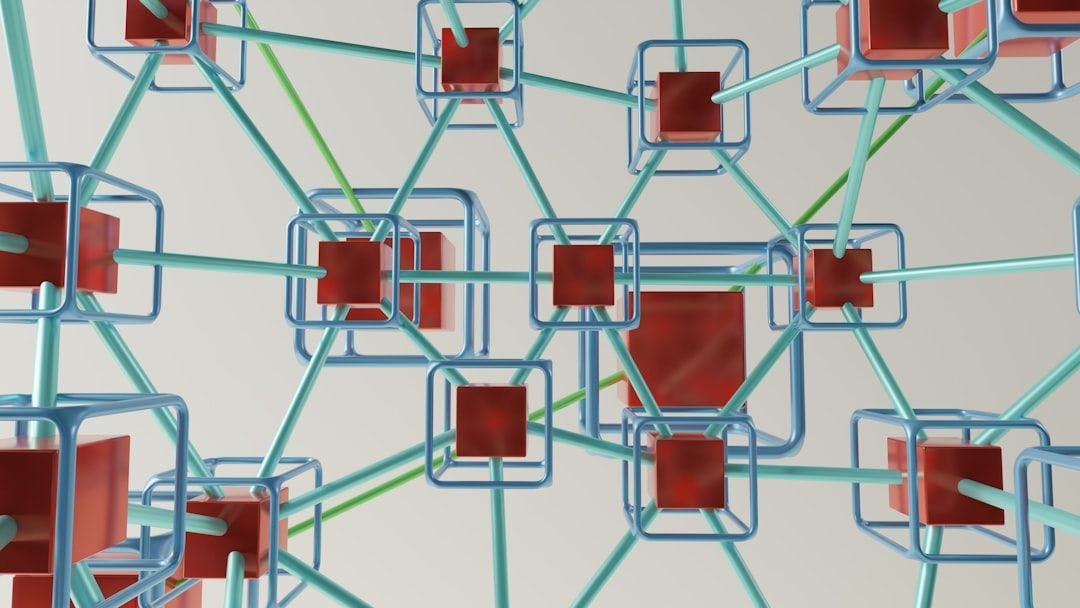Authors:
(1) Christopher D. Clack, Centre for Blockchain Technologies, Department of Computer Science, University College London;
(2) Vikram A. Bakshi, Investment Bank CTO Office, Barclays;
(3) Lee Braine, Investment Bank CTO Office, Barclays.
Table of Links
2 Foundations and 2.1 Terminology — “smart contracts”
2.4 The semantics of contracts
3.2 The design landscape for Smart Contract Templates
4 Summary and Further Work and References
2.2 Automation
We say that a smart contract is “automatable” rather than that it is “automated” because in practice there may be parts of a legal agreement whose performance requires human input and control. However, to be a “smart contract” we require that some part of the agreement is capable of being automated (otherwise it is not “smart”).
Automation is generally accomplished by the use of one or more computers. The phrase “by electronic means” is a synonym. Our definition of smart contract does not require that this automation occurs on a shared ledger, though that is certainly a possible and even probable method.
As an example of how automation might be achieved using smart legal contracts, Grigg [9] presents the Ricardian Contract triple of “prose, parameters and code”.[1] The legal prose is linked via parameters (name-value pairs) to the smart contract code that provides automation. For example, a software agent might have been developed that will be instantiated on a shared ledger and, once initiated, will proceed to undertake various transfers of value in accordance with the legal prose. The parameters are a succinct way to inform the code of the final operational details.
The code in this case would be suitable for a specific platform but we can imagine in the future that multiple platforms could be targeted from a single contract.[2]
This paper is available on arxiv under CC BY 4.0 DEED license.
[1] https://en.wikipedia.org/wiki/Ricardian_Contract
[2] This could be achieved by, for example, using the list of parameters to connect the legal prose to a set of smart software agents, e.g. one agent per platform.

